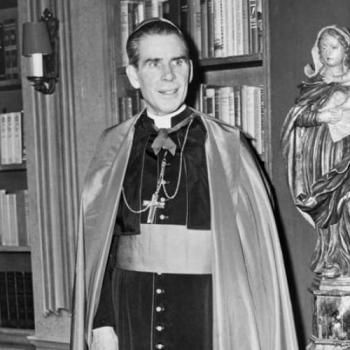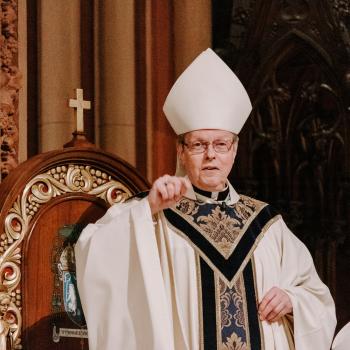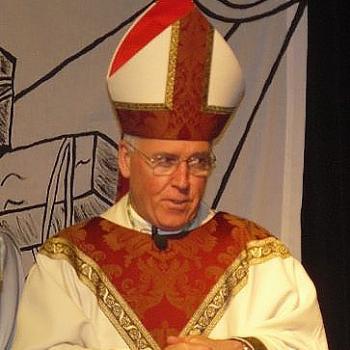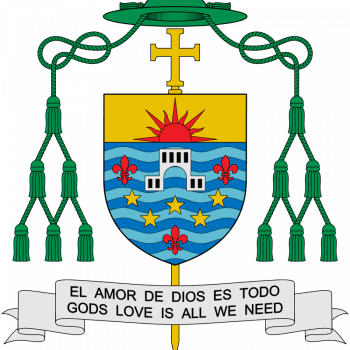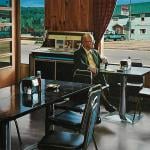Details, from Rocco:
In the most concrete sign yet of his plans to thoroughly reshape the beleaguered church he’s inherited, Philadelphia’s Archbishop Charles Chaput OFM Cap. is giving up the mansion at the city’s edge which his predecessors have called home for the last 75 years.
Less than four months after taking the reins of the 1.2 million-member Northeastern “supertanker,” Chaput reportedly decided to seek a buyer for the historic Cardinal’s Residence over recent weeks, according to archdiocesan sources. No official announcement of the move is expected to be made.
Seen by many locals as the quintessential symbol of the “complacency and pride” that have long marked the city’s ecclesial culture, the property’s placement on the market is said to have received “strong support” both from Chaput’s Finance Council and Council of Priests, who were consulted on the move over the last six weeks. As the value of a successful deal is almost certain to exceed the canonical threshold for a bishop’s alienation of diocesan property on his own initiative (currently $7.5 million for larger US dioceses), a transfer of ownership would require the approval of the Holy See.
Home to the city’s top prelate since 1935, when Cardinal Dennis Dougherty purchased it for $215,000, it is unclear where the current occupants of 5700 City Avenue — the Capuchin prelate, a duo of priest-aides and the two Sisters of Mercy of Alma who staff the household — would relocate on the completion of a sale.
During his 14 years as archbishop of Denver, Chaput lived alone in a cozy, Mission-style rancher on the campus that housed his seminary and the diocesan offices. Before Dougherty’s move to the antebellum house on Philadelphia’s border with suburban Montgomery County, a half-century of the city’s archbishops were based at what’s now the Rectory of the Cathedral-Basilica of Saints Peter and Paul on Race Street, in the heart of the urban hub. The archdiocese’s four active auxiliaries live in former rectories or convents that had been vacant in their respective geographic regions.


